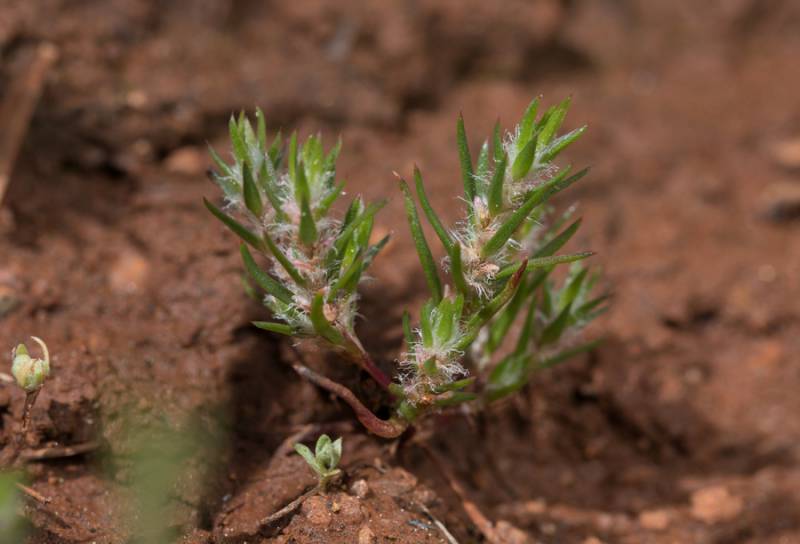Polygonum parryi
Polygonum majus
Parry's knotweed, prickly knotweed
Palouse knotweed, wiry knotweed
Leaves alternate, numerous, gradually reduced upward, the lower leaves linear to oblong, sessile, 2-5 cm. long and 2-7 mm. wide, jointed at the base;
stipules 10-15 mm. long, lacerate.
Flowers mostly paired in open elongate racemes, in the axils of reduced bracts or the lowest in leaf axils, the pedicles slender, reflexed; the 5 perianth segments 4-5 mm. long, attached 1/5 their length, with a greenish midvein and white to pink margins, obtuse;
stamens 8, anthers purple;
styles 3, short.
Polygonum parryi
Polygonum majus
Occurring in the east end of the Columbia River Gorge in Washington; south-central Washington to California.
Occurring east of the Cascades crest in Washington; British Columbia south to California, east to the Rocky Mountains.
- Local floras:
CA,
OR,
WA
- Local Web sites:
CalFlora,
CalPhotos,
Flora NW,
PNW Herbaria
WildflowerSearch
iNaturalist (observations)
USDA Plants Database
- LBJ Wildflower Center
- SEINet
- Plants of the World Online
- Encyclopedia of Life
- Wikipedia
- Google Image Search
- Local floras:
BC,
CA,
OR,
WA
- Local Web sites:
CalFlora,
CalPhotos,
Flora NW,
PNW Herbaria
WildflowerSearch
iNaturalist (observations)
USDA Plants Database
- LBJ Wildflower Center
- SEINet
- Plants of the World Online
- Encyclopedia of Life
- Wikipedia
- Google Image Search



